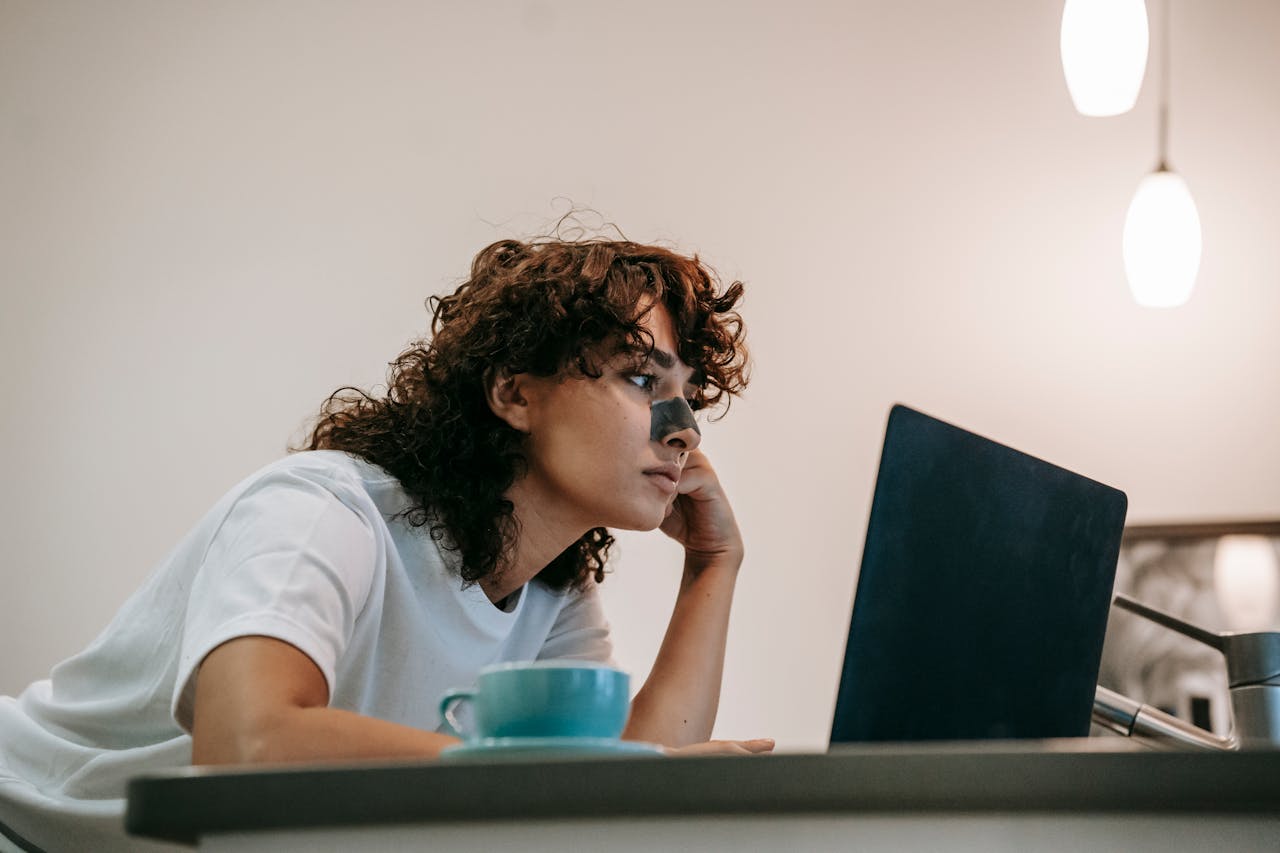Small tweaks beat big overhauls. Many “common sense” habits ignore what research actually shows about skin, sleep, food safety, and tech. This list translates peer-reviewed basics into teen-friendly moves you can use right now. Expect numbers you can remember, like 20 seconds for handwashing and a pea-sized dot of toothpaste, plus safety rules that prevent injuries and germs. No lectures, just practical upgrades backed by science. Try one change per day and stack the wins until your routine runs cleaner, safer, and way smarter.
1. Sunscreen: You’re Using Too Little
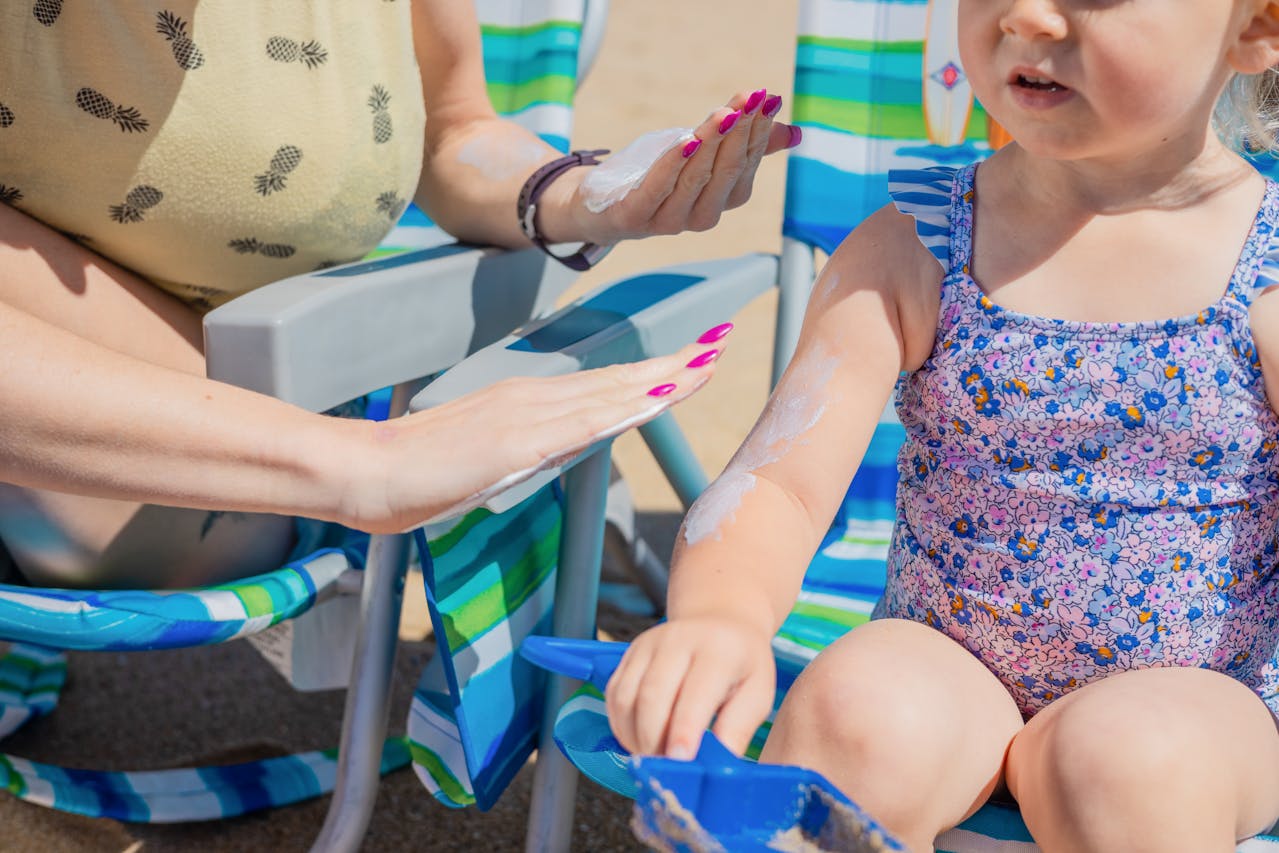
Most people apply only 20–50 percent of what SPF testing requires. Aim for 2 mg per cm² of skin. In practice, that’s a nickel-sized blob for the face and about one shot glass for the body. Put it on 15 minutes before sun and reapply every 2 hours, sooner if you swim or sweat. Don’t forget ears, hairline, and the V of the chest. Mineral or chemical both work; the real difference is amount and consistency. Daily use reduces sunburn, dark spots, and long-term skin damage.
2. Toothpaste: More Foam Isn’t Cleaner
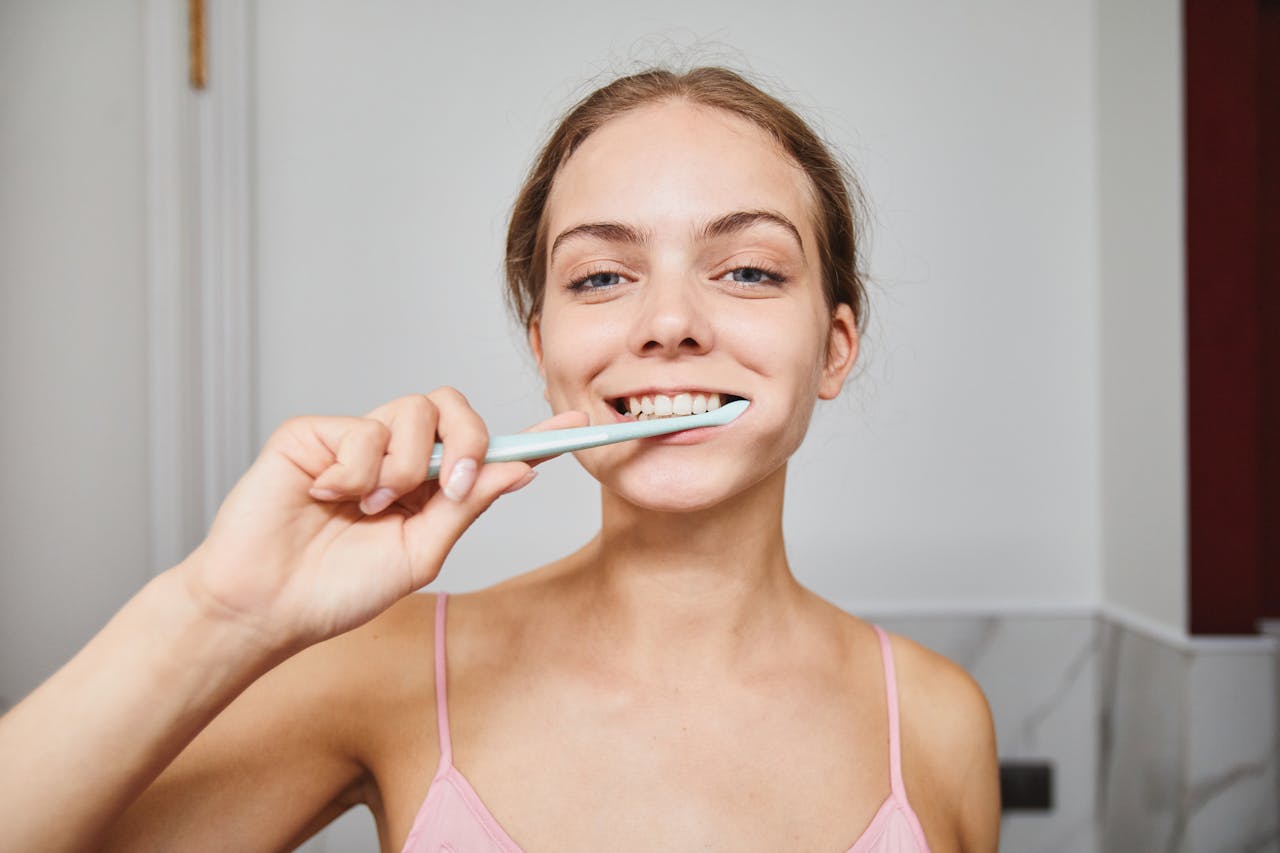
A pea-sized dab of fluoride paste is enough. Brush for 2 minutes with a soft brush, tilting bristles at 45 degrees toward the gumline. Spit, don’t rinse, so fluoride keeps working. If you just had soda or citrus, wait about 30 minutes before brushing to protect softened enamel. Electric brushes help with timing and pressure control. Replace heads every three months or sooner if bristles splay. Floss or use interdental picks first so fluoride reaches more surfaces and stays put.
3. Handwashing: Time And Drying Matter
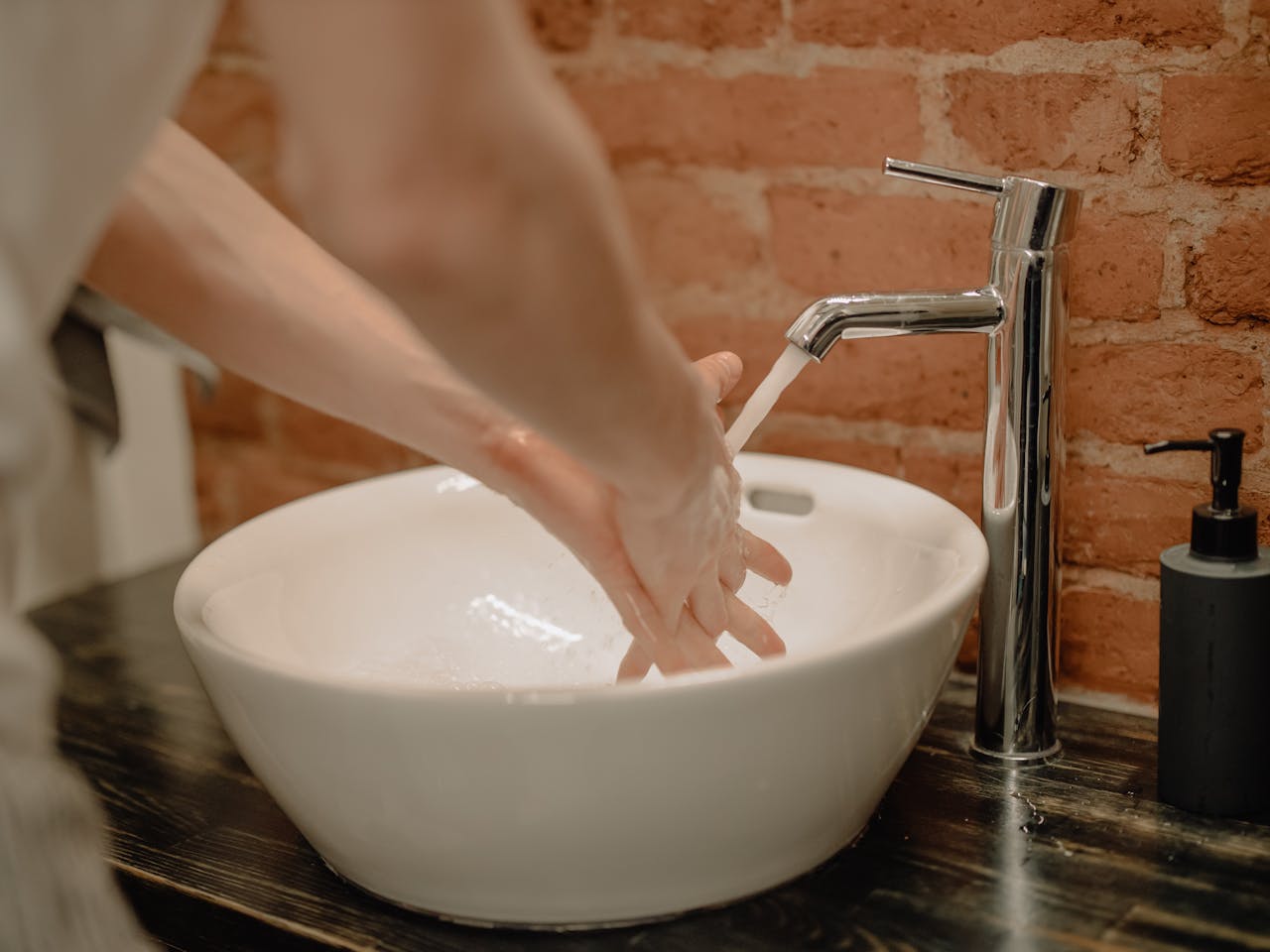
Soap breaks apart oils that hold germs; scrubbing provides the friction. Wash for at least 20 seconds, including thumbs, fingertips, and backs of hands. Rinse well and dry completely, because microbes transfer more easily from wet skin. Hand sanitizer helps when soap is unavailable, but it struggles with dirt, grease, and some bugs. Use sanitizer with 60 percent alcohol or higher and rub until dry. Before eating, after the bathroom, and after touching shared surfaces are the key moments.
4. Earbuds: Volume, Not Genre, Hurts Hearing

Noise-induced hearing loss comes from loudness plus time. Follow the 60/60 rule: keep volume at or below 60 percent for no more than 60 minutes, then take a break. Active noise-cancelling helps because you can listen softer. If someone next to you hears your music, it’s too loud. Switch to over-ear headphones for long sessions, and use your phone’s volume-limiting setting. Ears don’t “toughen up” to noise; tiny hair cells don’t regrow. Protect them now to keep high notes later.
5. Phone Charging: Heat Is The Real Battery Killer
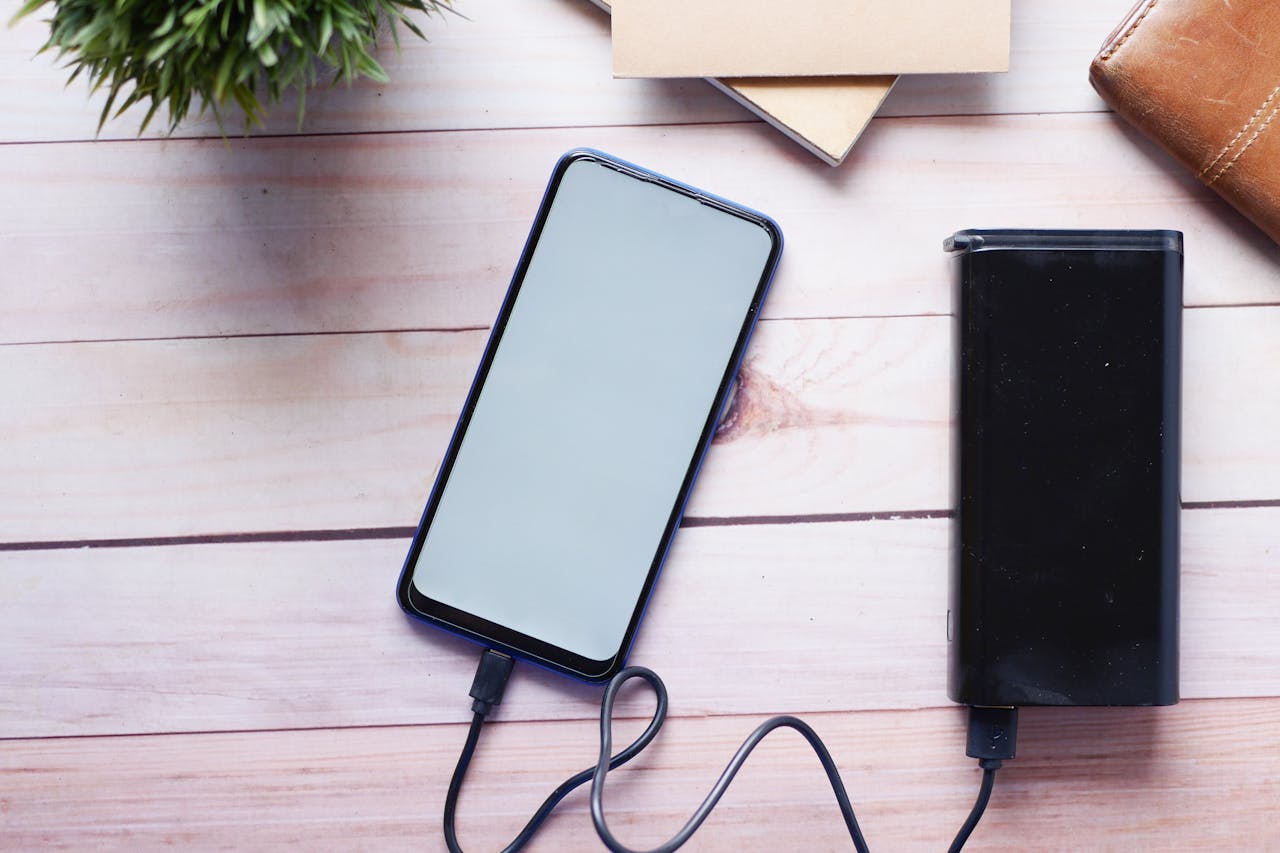
Modern lithium-ion batteries prefer partial charges. It’s fine to top up during the day and avoid deep 0 percent to 100 percent cycles. Try the 20–80 percent zone when you can. The bigger risk is heat: don’t charge under a pillow, in direct sun, or on thick blankets. Remove heavy cases during fast-charging, and keep pockets lint-free to avoid port damage. Overnight is okay if your phone supports optimized charging and stays cool on a hard surface.
6. Nonstick Pans: Temperature And Tools Count
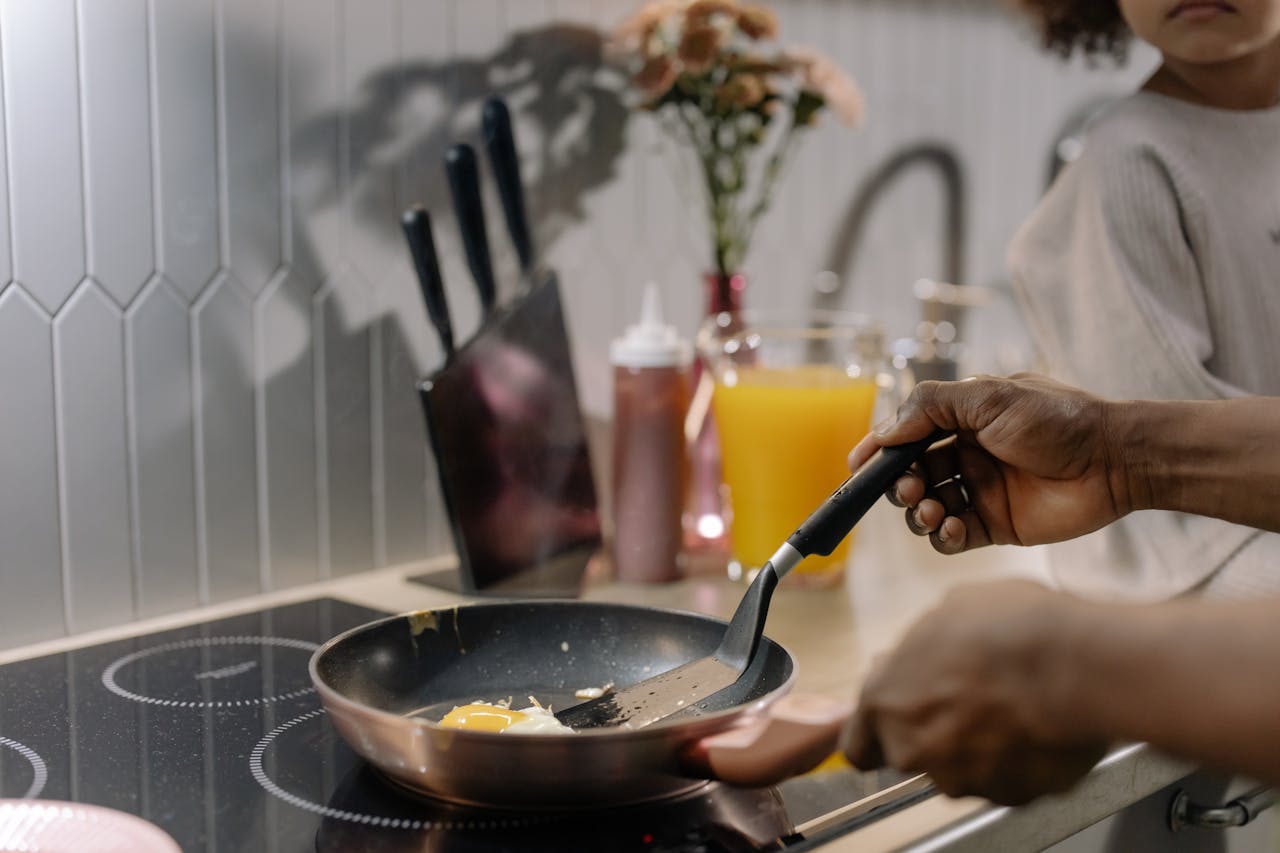
High heat ruins nonstick coatings. Preheat on low to medium, add oil once the pan is warm, and skip aerosol sprays that gum up surfaces. Use silicone or wood utensils, not metal. Let hot pans cool before washing to avoid warping, and never cold-shock with icy water. If food sticks, you’re likely too hot, too cold, or too early—wait for proteins to release. For searing, use stainless or cast iron; save nonstick for eggs, pancakes, and delicate fish.
7. Laptops: Your Neck Shouldn’t Do The Lifting
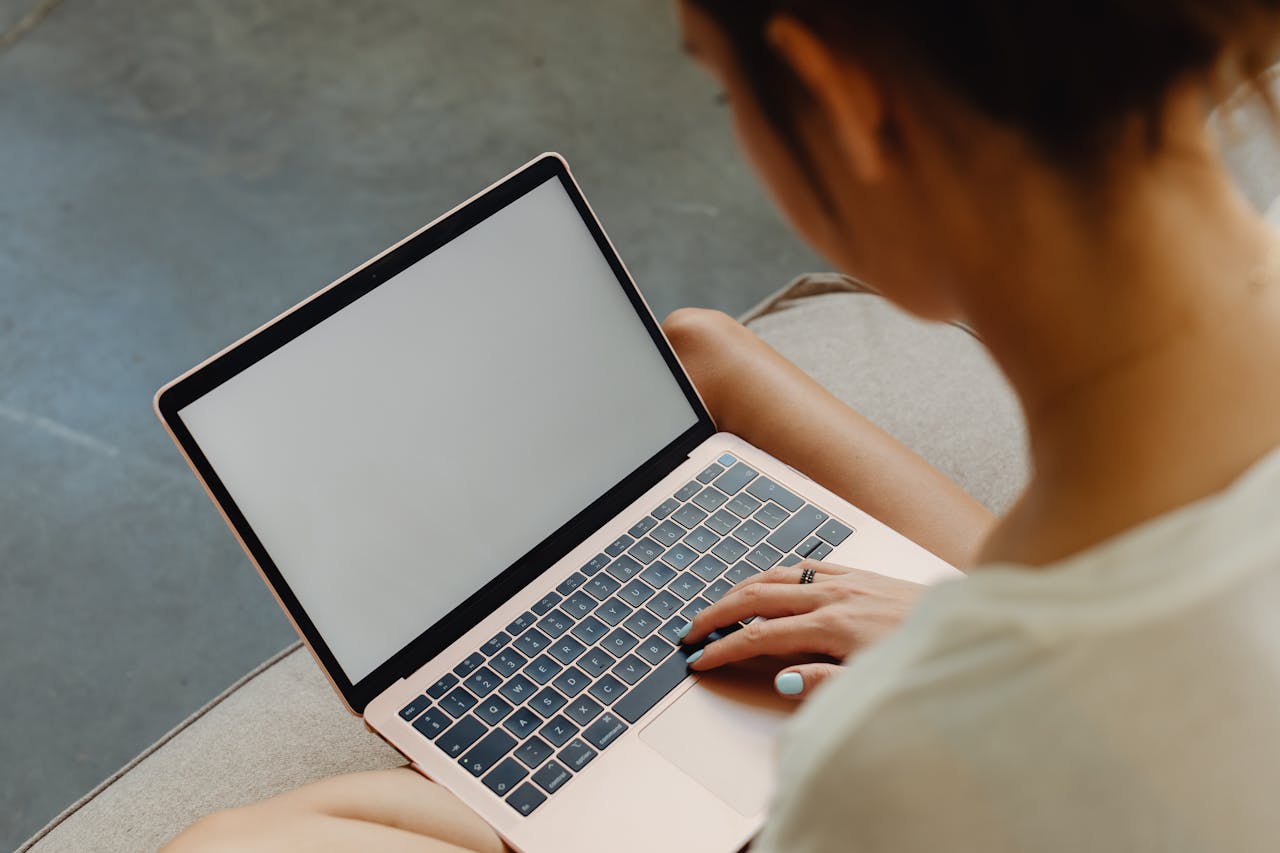
Screens belong near eye level. Prop the laptop on books or a stand so the top of the screen meets your eyes. Use an external keyboard and mouse so elbows rest near 90 degrees and shoulders relax. Follow the 20-20-20 rule to reduce eye strain: every 20 minutes, look 20 feet away for 20 seconds. Sit back in the chair with feet flat and hips slightly above knees. Pain now means you’re training bad posture for later fix the setup, not your spine.
8. Water Bottles: They’re Dirtier Than You Think

Reusable bottles grow biofilm in lids, straws, and gaskets. Wash daily with hot, soapy water and a small brush for the straw and threads. Once a week, use a diluted white-vinegar or unscented bleach rinse, then air-dry fully. Avoid touching the spout with your hands. If your bottle smells, bacteria are winning. Stainless steel and dishwasher-safe plastics clean up easiest. Replace cracked gaskets and stained straws; scratches hold microbes. Clean bottles reduce stomach bugs and funky tastes you keep blaming on tap water.
9. Microwaves: Cold Spots Need Stirring
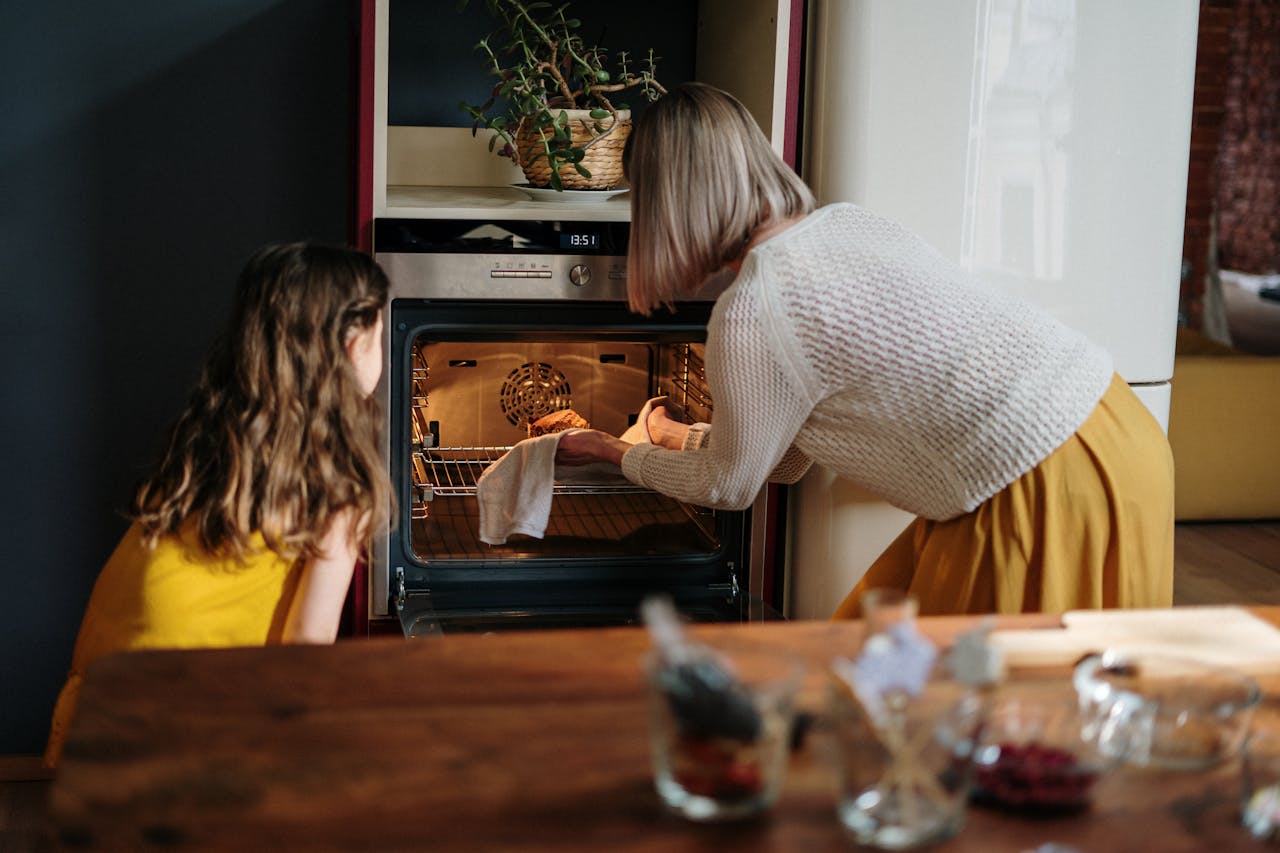
Microwaves heat unevenly, so stir or flip halfway to kill more germs and avoid icy centers. Cover food with a vented lid to trap steam; that boosts heat transfer. Aim for 165°F when reheating leftovers piping hot, not lukewarm. Arrange food in a ring with a hole in the middle so the edges heat faster. Add a spoonful of water to rice or pasta to restore moisture. Let food rest a minute after heating so the temperature equalizes and flavors bloom.
10. Cutting Boards: One For Veg, One For Meat
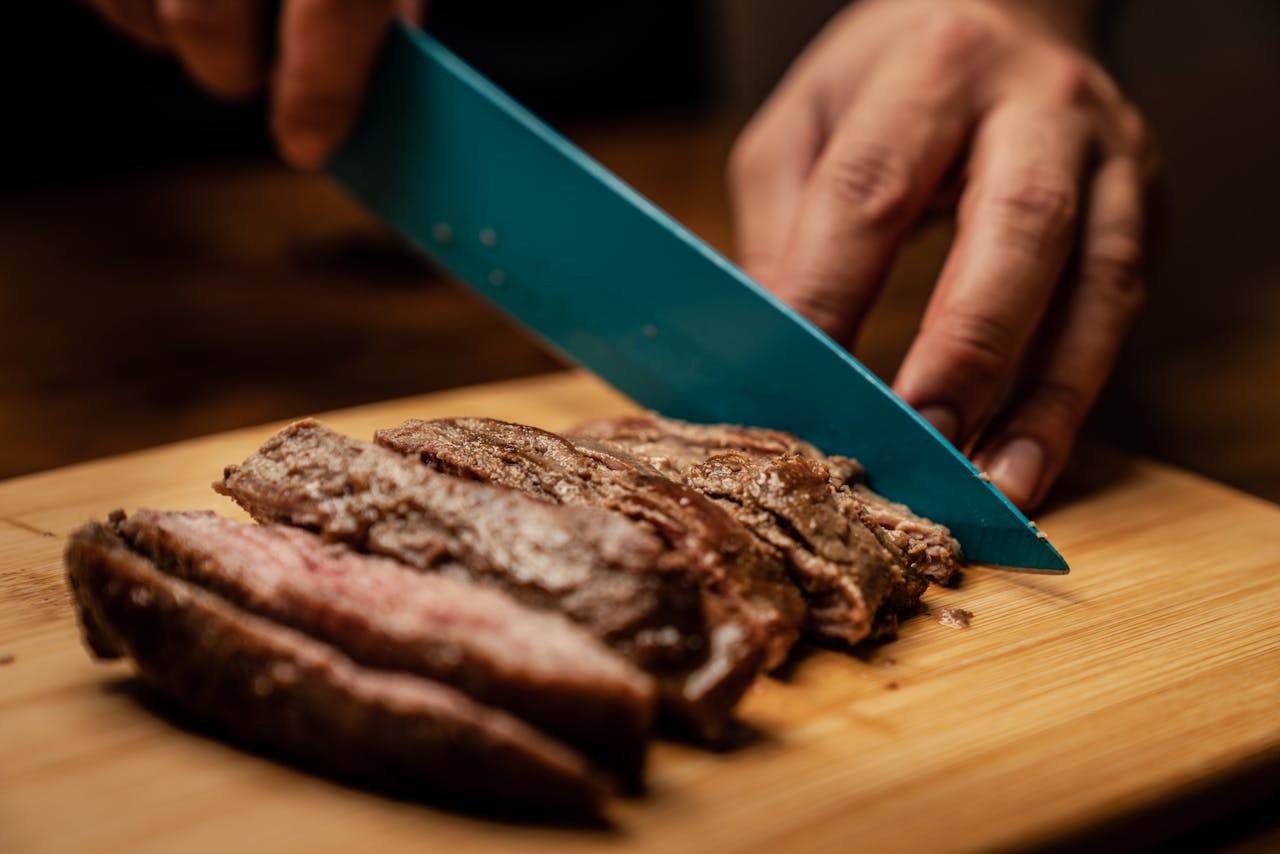
Cross-contamination is a top kitchen mistake. Keep separate boards color-coded if possible for raw meat and ready-to-eat foods. After raw chicken, wash with hot, soapy water, then sanitize. Wood boards are gentle on knives and, when dried upright, don’t stay wet; plastic is fine but can harbor bacteria in deep cuts, so replace gouged boards. Always use a stable, non-slip base. Pat meat dry before cooking to reduce splatter, and keep raw juices away from salads and fruit.
